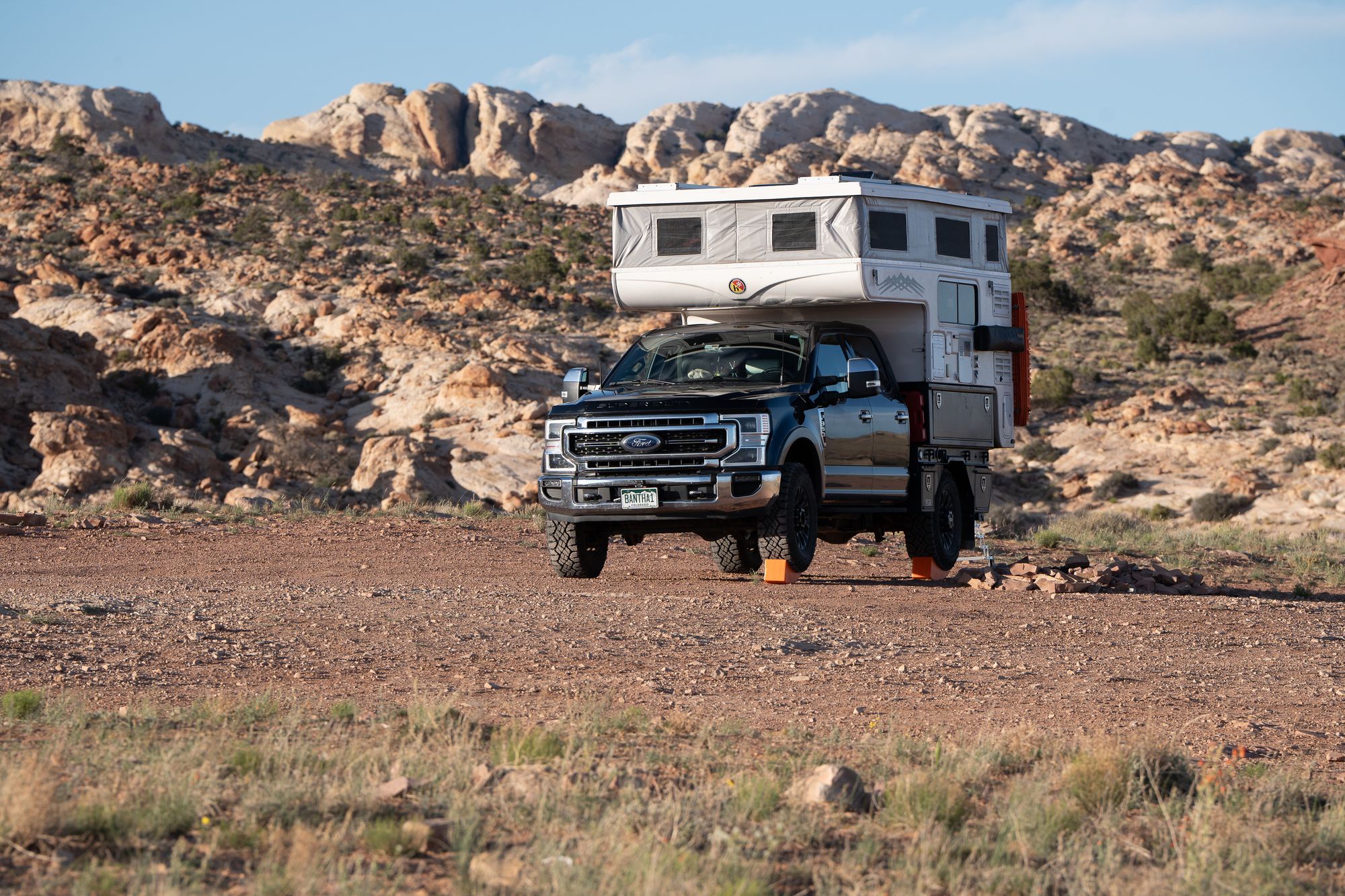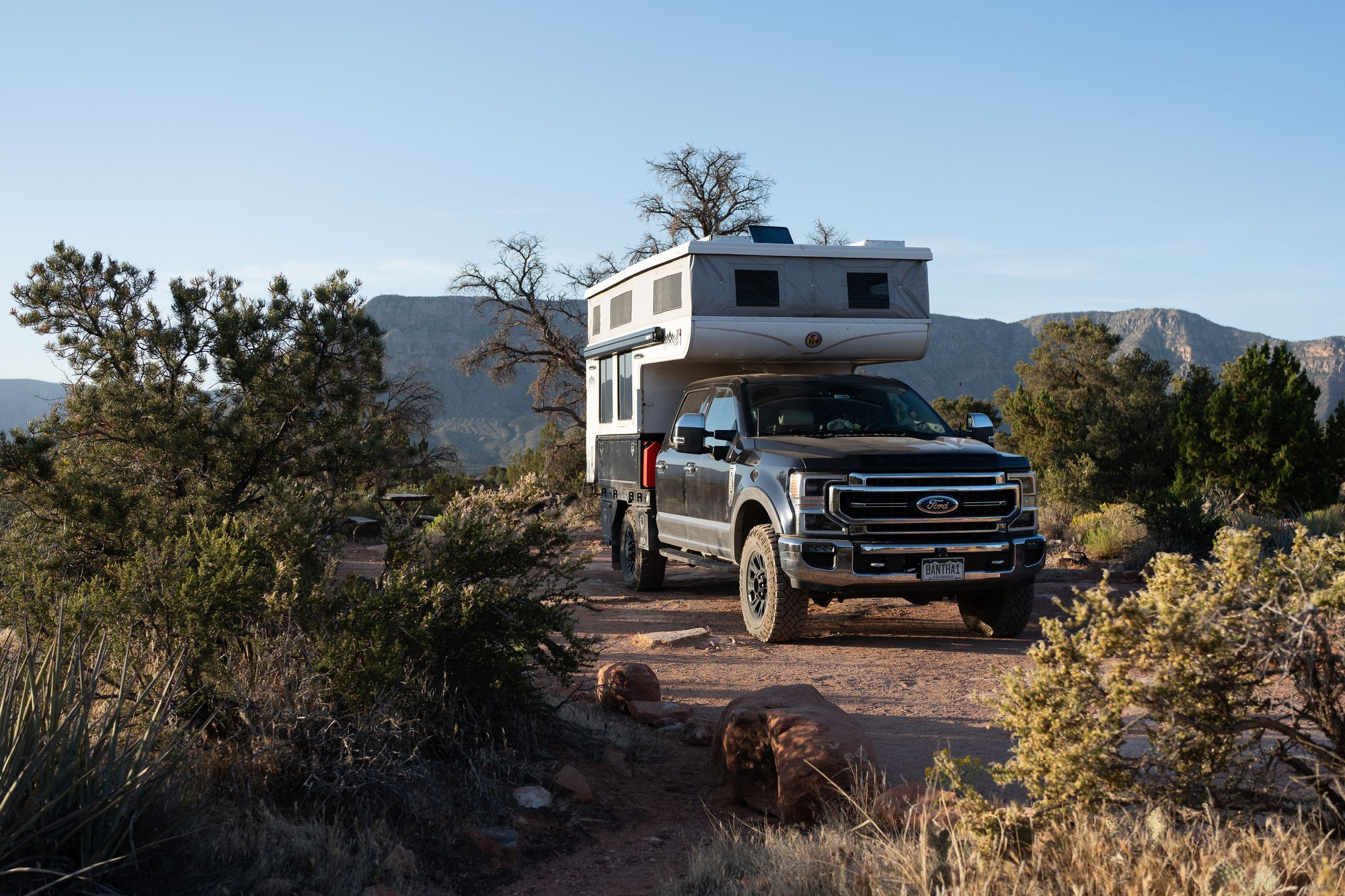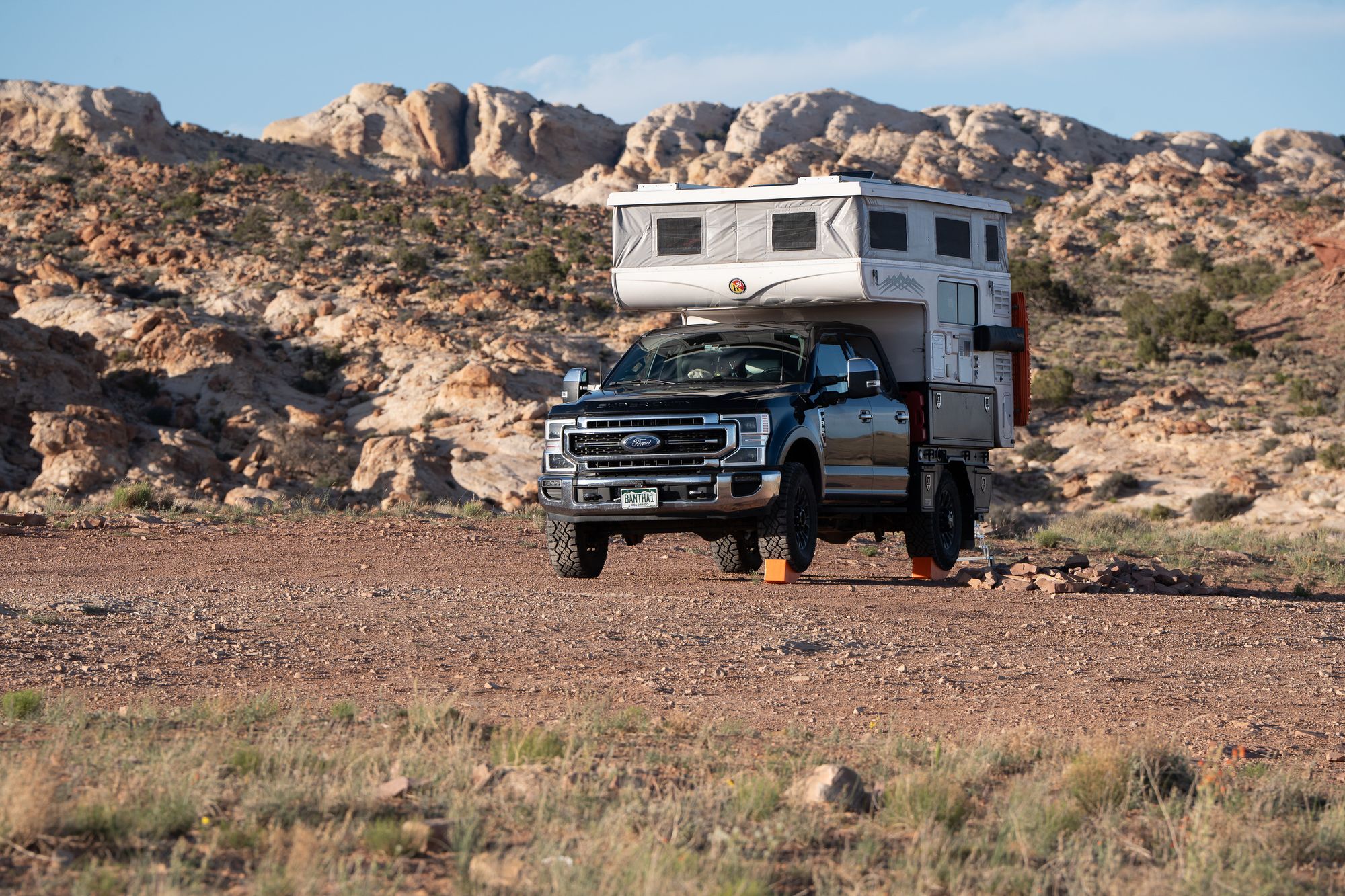What is dispersed camping? Types and Tips
Over the years we’ve found there are three primary types of dispersed camping. We've found that having a name and mental model for each of these types helps us to have helpful expectations. And we've also learned a few tips for each type over the years.

We dispersed camp a lot when overlanding. We love camping in beautiful places away from the hustle and bustle of the modern world and hopefully away from crowds. Dispersed camping is a great way to have a home base for playing nearby and it’s also fun to explore along the way to camp. Over the years we’ve found there are three primary types of dispersed camping. We've found that having a name and mental model for each of these types helps us to have helpful expectations. And we've also learned a few tips for each type over the years. There are probably other flavors and we’d love to hear about your thoughts and experiences too in the comments.
Route Based Dispersed Camping
Many overlanders plan a trip along a multi-day route along a single long off-road trail or combine many smaller off-road trails. This type of adventure is planned around the routes, finding dispersed camping along the route or nearby trails off the main route. Depending on the interests of the people involved, the primary activities on these trips may vary. For example, some people's primary priority might be driving awesome trails, while others might prioritize dispersed campsites with a view or hiking a specific trail. If your priority is biking a certain trail, camping might be less important and happen whenever is convenient.
While preparation and research can be helpful for this type of trip to understand a route and what might be involved, it's often hard to fully research and prepare. When you're on the trail, you might discover more obstacles that take more time to traverse or discover a POI you want to explore that wasn't planned into the schedule. The driving speed can be much slower or much faster than expected. Or you need to stop to help another traveler or pick up trash. For all of these reasons, it’s fairly common to arrive at a planned dispersed camping location too early or too late.

Some tips for this type of dispersed camping:
- Identify potential dispersed campsites in advance but find camp by a certain time (ex by 5 pm) vs pushing hard to “follow a plan” to get to a planned location. It might be safer and more enjoyable for everyone involved, being able to set up camp and eat while there’s still daylight.
- Download offline maps with satellite imagery to help identify potential campsites if it’s not apparent from the trail. OnX Off Road works really well for offline maps; it’s simple and reliable.
- Split up vehicles to scout different options with a few miles to check out more sites more quickly if it's getting late or people are "done". Uses radios to communicate and select a site.
- Realize that sometimes it’s “just a place to sleep” and you’ll find an amazing site tomorrow.
POI Based Dispersed Camping
Similar to route-based dispersed camping, this type of dispersed camping likely still involves driving off-road trails to get to camp. However, this type is mostly about the destination, not the route. It’s about getting to a beautiful campsite that might be a destination in itself or a base camp for a few days to explore other nearby POIs such as hiking, boating, fishing, biking, climbing, or your form of adventure.

Some tips for this type of dispersed camping:
- Identify potential sites before leaving, adding pins to the map. Sites are not always visible or obvious from the trail, being obstructed by trees, rocks, etc.
- Download offline maps with satellite imagery tp help identify potential campsites if it’s not apparent from the trail. OnX Off Road works really well for offline maps; it’s simple and reliable.
- Invest a bit more time and effort scouting since you’re probably looking for an awesome site or a site near a particular POI. Pay attention to what matters to you - away from other campsites, a beautiful view, near a river or lake, etc.
- Drive a mile or more from the pavement can help get away from crowds and road noise.
“Just A Place to Sleep” Dispersed Camping
This type of dispersed camping is all about convenience, finding a quick, easy, and safe place to sleep for the night. We often refer to as it “a cheap hotel room camping” or “Motel 8 camping”. We often find ourselves camping like this when we’re driving somewhere that’s going to take a few days and need a place to sleep before resuming driving in the morning. Or we sometimes camp like this when we need to get close to a POI like a hike and want to be within a few miles in the morning to get an early start.

Some tips for this type of dispersed camping:
- Be less picky about sites. If it’s flat, safe, and quiet it’s probably good enough. It’s just a place to sleep. Black out the windows or use earplugs if needed for light or sound issues. A white noise machine / app can also be helpful.
- Download offline maps with satellite imagery tp help identify potential campsites if it’s not apparent from the trail. OnX Off Road works really well for offline maps; it’s simple and reliable.
- Drive a mile or more from the pavement can help get away from crowds and road noise.
- Stop for dinner or a beer in town before heading a few more miles down the road to sleep.
Knowing if we're "POI Camping" in a beautiful site vs "Just A Place to Sleep Camping" really helps us to set our own expectations and set expectations when traveling with a group. And it also helps us to not spend hours looking for the perfect site if we're just "finding a hotel room for the night".
As with all types of dispersed camping, make sure you’re following dispersed camping guidelines to know where you’re allowed to camp and leave the site in good condition for the next visitors.
See you out there,
-Adam
